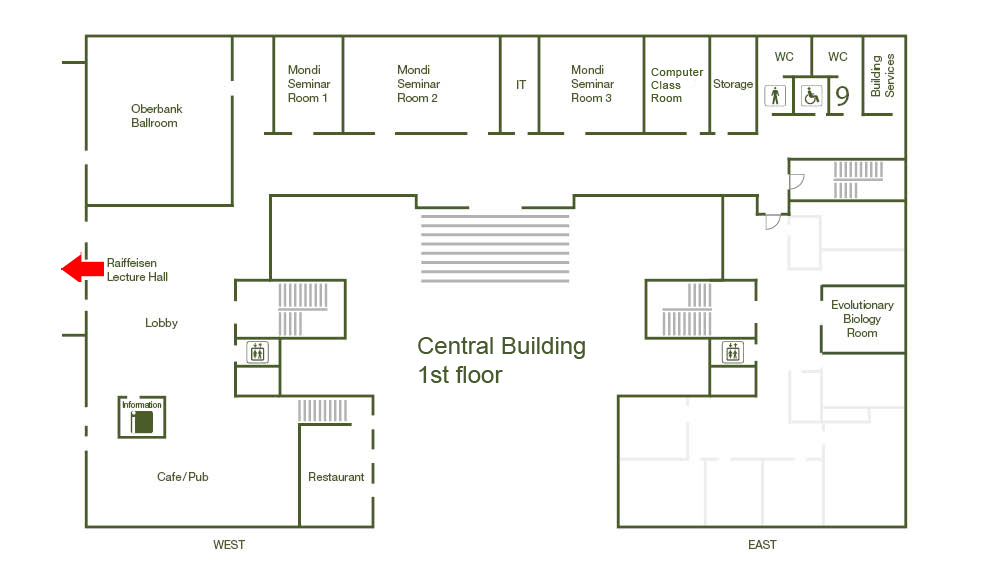Institute Colloquium@IST Austria - Ecology and the evolution of infectious disease:
Date
Monday, November 7, 2011 16:45 - 17:45
Speaker
Mike Boots (University of Sheffield)
Location
Raiffeisen Lecture Hall, Central Building
Series
Colloquium
Tags
Institute Colloquium
Contact

Infectious disease remains a major health problem and as recent epidemics emphasise may have a major economic impact in agriculture. Furthermore the risk of emergence of infectious disease is increasingly recognised as a global health threat. In the natural world there is also an increasing awareness that disease plays an important role in the structuring of natural communities, the population dynamics of their hosts and the conservation of endangered species. There is therefore considerable research effort focussed on understanding and managing disease. Central to this understanding of infectious disease is a better understanding of the evolutionary dynamics that drive the characteristics of the disease interaction. It is clearly important to understand the factors that determine the virulence (mortality) that infectious disease agents cause. In addition it is critical to understand the processes that maintain diversity in both the disease agent and their hosts. This diversity plays a key role in determining disease spread and is fundamental to the potential for evolution of the disease. Ecological feedbacks and the environment may play an important role in determining both the degree of virulence that evolves and the potential for diversification. I use mathematical/computer models and laboratory based insect model systems to examine how ecology influences the evolution of infectious disease. Here I will give two examples of this work. Firstly I will show how ecological feedbacks can generate diversity in hosts and parasites. Next I will show how variation in spatial structure and contact networks within host populations can have important implications to the evolution of disease virulence. The approach is to combine mathematical models with more general computer simulations and use an insect virus system to test the assumptions and the predictions of the models.